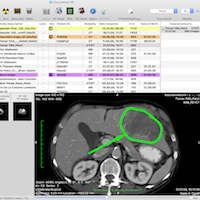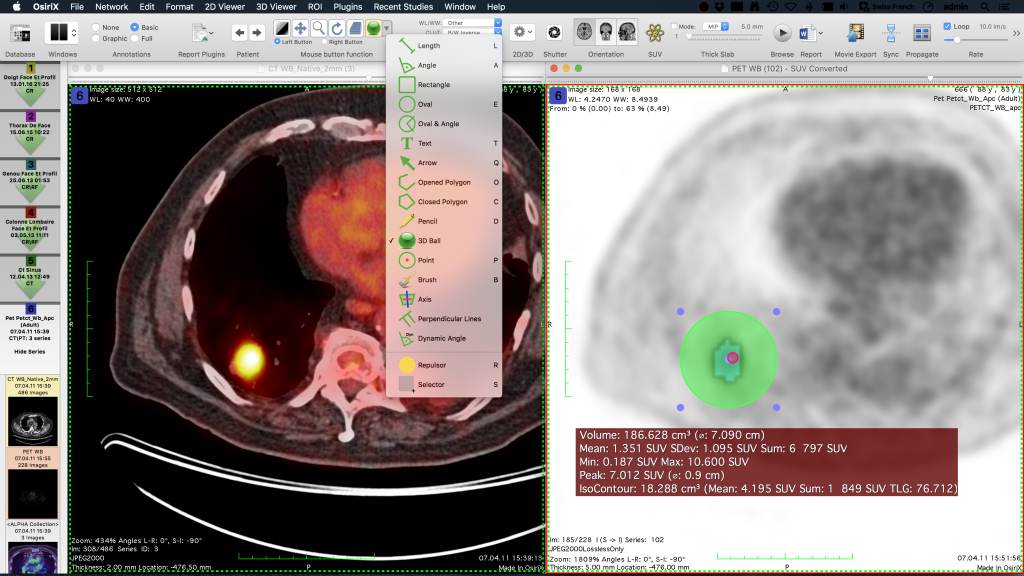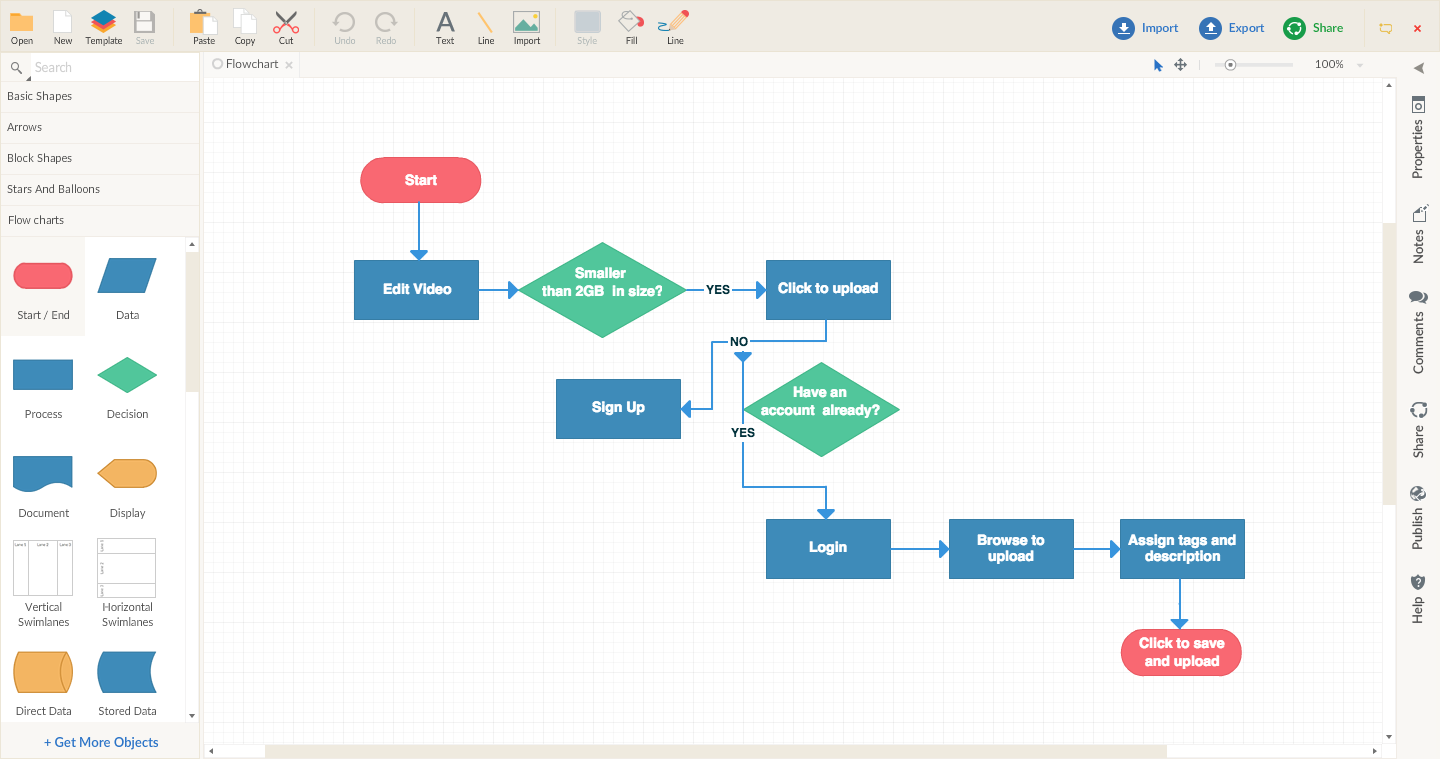

- #DRAW FREEHAND ROI IN OSIRIX LITE HOW TO#
- #DRAW FREEHAND ROI IN OSIRIX LITE FOR MAC#
- #DRAW FREEHAND ROI IN OSIRIX LITE REGISTRATION#
OsiriX Lite for Mac Download OsiriX Lite for Mac Download. 100 Safe and Secure 3D medical image processing Mac tool with DICOM/PACS support.
#DRAW FREEHAND ROI IN OSIRIX LITE HOW TO#
This video shows how to use the 3D Curved. Download OsiriX Lite 10.0.3 for Mac from.
#DRAW FREEHAND ROI IN OSIRIX LITE REGISTRATION#
Some of the promising greenhouse gas reducing technologies in play at the conference are: Low emission cattle systems Manure management New fertilization systems New cultivation systems Plant and livestock breeding Soil carbon storage Registration is required It is still possible to register for the conference, the deadline for registration is 20 December 2021. This video shows how to copy ROIs that where drawn on the PET series, and place them on the CT series. The deadline for submissions is 1 December 2022.

Call for abstracts Abstracts that present new concepts and ideas within the conference's seven themes are welcome. Therefore, this is a collective effort between research, industry and society, and the conference will stimulate discussions among these stakeholders. For the technologies to be utilized, they need to be translated into technologies that the agricultural industry is willing to invest in. New and innovative technologies are key, but also technologies that can be applied in a sensible, reliable, and safe way. We will focus on the efficiency to reduce emissions, economic viability as well as sustainability with respect to other aspects such as environment, biodiversity, animal welfare and human health. Together we will create an extended overview of potential technologies for efficiently reducing agricultural greenhouse gas emissions. Specifically, 3H‐vancomycin generates light from orthopedic plates that are coated with scintillators elution of the 3H‐vancomycin causes luminescence to fall relative to a reference region providing a sensitive and quantitative, noninvasive measurement.Researchers from around the world are invited to take part in the conference 22.-24. A method to measure, through tissue, the presence and elution of tritium labeled analytes on implanted medical devices is described. Despite light scattering, and an eightfold signal decrease through 5 mm of tissue, drug release and reference regions are resolvable for non‐invasive quantification.


Biomedically relevant drug release concentrations are monitored through 5 mm of porcine tissue slices (38.7 nmol LOD). The radioluminescence signal increases linearly with 3H‐vancomycin concentration, with a limit of detection (LOD) of 9.6 nCi (3.5 pmol) without tissue. Radioluminescence imaging permits surface‐specific, noninvasive measurement of drug concentration on implant surfaces, which is an important metric for developing effective drug eluting coatings. Antibiotic eluting implant coatings are thus promising candidates for infection prevention and treatment. Bacteria can coat orthopedic implant surfaces and form biofilms which are resistant to antibiotics and the host's immune system. The technique is applied to measure beta‐emitting tritium‐labeled vancomycin (3H‐vancomycin) concentration on the surface of an orthopedic plate. The drug molecules emit radiation which excites radioluminescence in nearby phosphors for drug released from the film the radiation is absorbed by the surrounding media and generates no light. The implants are coated with microphosphors and radiolabeled pharmaceuticals in a polyurethane film. In addition, this technology must be low-cost, easy-to-use, and not disruptive to operating room workflow.Ī method to noninvasively measure the concentration of radiolabeled pharmaceuticals on modified drug‐eluting biomedical implant surfaces is described. There is an unmet need for more effective technology to accurately and quickly determine lumpectomy margin status intraoperatively without requiring significant or specialized resources. There are an extensive number of different emerging technologies in varying stages of development, including automated pathologic assessment, traditional and novel imaging modalities, optical imaging, spectroscopy, fluorescence-based imaging, and molecular and nanoparticle-based imaging. This review will summarize currently available intraoperative margin assessment options and then focus on the most promising intraoperative margin assessment modalities that a breast surgeon will likely see in the next decade.Ĭurrent intraoperative margin assessment options vary in performance, turn-around time, and necessary resources. Successful breast-conserving surgery is predicated on achieving negative margins (no tumor on ink) at the time of initial surgery.


 0 kommentar(er)
0 kommentar(er)
